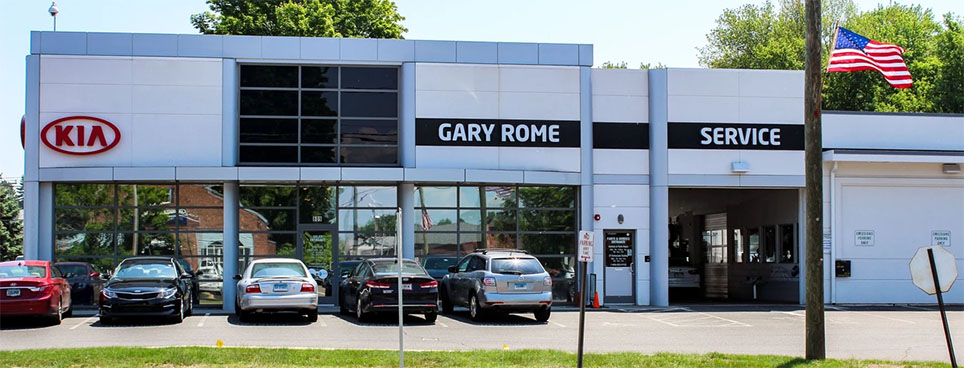Redesigned and rarin’ to go for a snowy trip in the Colorado mountains is a 2016 Kia Optima.
For this test, we have the SX trim with the 2.0-liter turbocharged
engine under the hood, which outputs 245 horsepower and 260 lb-ft of
torque. Running lightly at highway speeds, the 2016 Optima with the
turbocharged four-cylinder engine can get up 32 mpg.
For its fourth generation, Kia designers followed a conservative, mildly evolutionary path. Front and rear styling touches, and softer-looking sheetmetal result in a design that has matured. Dimensions have grown in small increments and result is a longer, taller, and wider Optima. All this stretching and pulling gives Kia’s midsize sedan a slightly more spacious and noticeably more comfortable interior than before.
A car that thinks it’s smart by offering Smart Welcome and Smart Trunk features, the 2016 Kia Optima also includes niceties found on more upscale brands, such as adaptive cruise control, forward collision warning, 360-degree view camera system, nappa leather, panoramic sunroof, rear window sunshades and xenon headlamps that turn in the same direction as the steering wheel.
On the TFL car scale of:
Buy it! Lease it! Rent it! or Forget it!
The 2016 Optima gets a strong Lease It! rating. The turbocharged engine performs like a trooper, the cabin is rich with features, and the traction control system does a great job without being too much of a nanny. A couple points are lost for louder than acceptable cabin noise and Kia’s conservative approach to the exterior design.
In this TFL car review, Nathan gets behind the wheel of the all-new 2016 Kia Optima and finds out just how well it handles the road, his family, and fresh fallen Colorado snow.
2016 Kia Optima SX Specs:
•MSRP: $29,690
•Price as tested: $35,515
•Engine: 2.0-liter turbocharged DOHC 4-cylinder
•Power: 245 hp @ 6000 rpm
•Torque: 260 lb-ft @ 1350 – 4000 rpm
•Transmission: 6-speed automatic w/Sportmatic Sports Shifter
•Curb weight: 3,494 lbs. (no sunroof) / 3,594 lbs. (with sunroof)
•EPA-estimated fuel economy (city/hwy/combined mpg): 22/32/25
•Wheelbase: 110.4 in.
Source
For its fourth generation, Kia designers followed a conservative, mildly evolutionary path. Front and rear styling touches, and softer-looking sheetmetal result in a design that has matured. Dimensions have grown in small increments and result is a longer, taller, and wider Optima. All this stretching and pulling gives Kia’s midsize sedan a slightly more spacious and noticeably more comfortable interior than before.
A car that thinks it’s smart by offering Smart Welcome and Smart Trunk features, the 2016 Kia Optima also includes niceties found on more upscale brands, such as adaptive cruise control, forward collision warning, 360-degree view camera system, nappa leather, panoramic sunroof, rear window sunshades and xenon headlamps that turn in the same direction as the steering wheel.
On the TFL car scale of:
Buy it! Lease it! Rent it! or Forget it!
The 2016 Optima gets a strong Lease It! rating. The turbocharged engine performs like a trooper, the cabin is rich with features, and the traction control system does a great job without being too much of a nanny. A couple points are lost for louder than acceptable cabin noise and Kia’s conservative approach to the exterior design.
In this TFL car review, Nathan gets behind the wheel of the all-new 2016 Kia Optima and finds out just how well it handles the road, his family, and fresh fallen Colorado snow.
2016 Kia Optima SX Specs:
•MSRP: $29,690
•Price as tested: $35,515
•Engine: 2.0-liter turbocharged DOHC 4-cylinder
•Power: 245 hp @ 6000 rpm
•Torque: 260 lb-ft @ 1350 – 4000 rpm
•Transmission: 6-speed automatic w/Sportmatic Sports Shifter
•Curb weight: 3,494 lbs. (no sunroof) / 3,594 lbs. (with sunroof)
•EPA-estimated fuel economy (city/hwy/combined mpg): 22/32/25
•Wheelbase: 110.4 in.
Source























